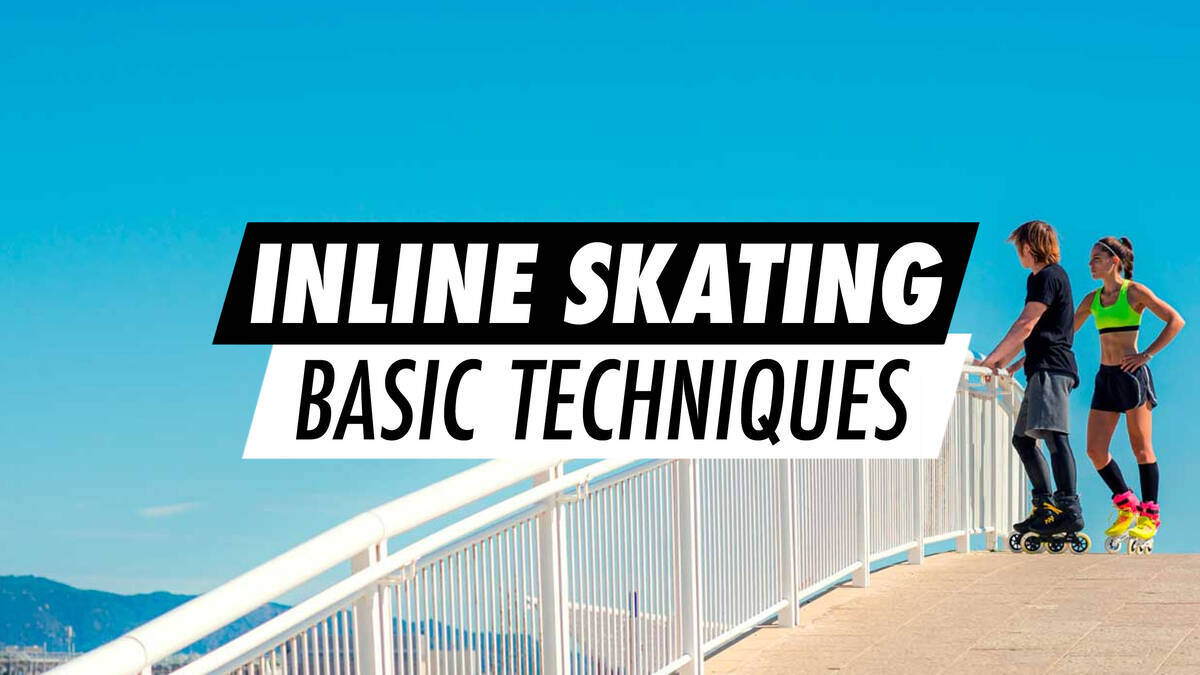Inline Skating - Fundamental Skills

Mastering the art of inline skating involves establishing a steady stance, understanding how to stop, making smooth turns, and learning how to fall safely. This guide outlines all the essential inline skating techniques for novices.
Inline skating is suitable for everyone, regardless of size or age. All you require is a pair of inline skates, some protective equipment, and a smooth area free from traffic disruptions, allowing you to start practising. While the initial learning curve may seem steep, consistent practice over a few hours leads to noticeable improvement, so perseverance is key!
Overview
Achieving the Correct Stance on Inline Skates
Achieving the correct stance requires knee bending on your inline skates. By doing so, you lower yourself closer to the ground, facilitating better balance.
Your feet should remain parallel and point directly forward, avoiding inward or outward angles.
A stable and balanced stance is accomplished with bent knees, parallel feet, and a slightly forward-leaning upper body.
Watch our instructional video, How to Skate on Inline Skates:
Stopping on Inline Skates
Braking on inline skates can be accomplished either by employing the brake pad or utilising the T-stop technique.
Using the Brake Pad on Inline Skates
To slow down using your brake pad, extend the skate with the brake pad forward and lift your toes until the brake pad makes contact with the ground. This process allows you to manage your speed or bring you to a halt. For beginners, familiarity with the brake pad is advisable for adequate control.
T-Stop Technique on Inline Skates
The T-stop technique requires putting one foot behind, aligning the wheels perpendicular to the other foot in a T shape. Continue dragging the wheels to halt completely. A crucial skill here is balancing on one foot while moving.
T-stops allow for stopping using wheels, eliminating the need for a brake pad. Braking without a brake pad is beneficial since they might sometimes obstruct. As a beginner, understanding the T-stop is recommended to enhance your control while inline skating.
Both methods are detailed in our video guide, How to Stop on Inline Skates:
Executing Turns on Inline Skates
When executing turns, maintain a slight forward lean with bent knees. For a left turn, slightly extend your left foot forward; for a right turn, apply the opposite. Lean into the direction of the turn with upper body alignment while shifting your weight accordingly. Looking towards your desired direction adds significant assistance.
Focusing on your turning technique helps to dodge common rookie errors and benefits the learning of the cross-over turning technique as you advance.
Ensuring Safe Falls on Inline Skates
It is preferable to fall forward as this enables more control over the fall, thus helping to avoid hitting the back of your head or tailbone.
If you sense a loss of balance, employ the following strategies:
- Crouch and incline forward – Remaining low lessens the fall impact, and you might even regain balance.
- Utilise protectors while falling – Landing on your knee, elbow, or wrist pads significantly reduces the impact experienced. When moving rapidly, sliding on your protectors helps evade abrasions.
Applying these techniques lessens the risk of injuries which might impede progress on your inline skates.
Selecting the Optimum Inline Skates for Learning
Both beginners and more experienced skaters should prioritise ensuring their skates are snug and comfortable. Skates designed for novices should include a heel brake and provide robust ankle support. The wheels should be soft (76A - 84A) and not overly large – up to 84mm for adults with large feet, and below 70mm for children.
Refer to our buying guides for more information on purchasing the best inline skates:
